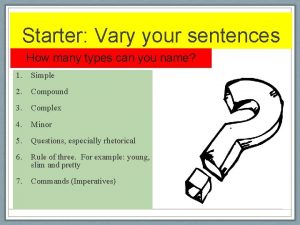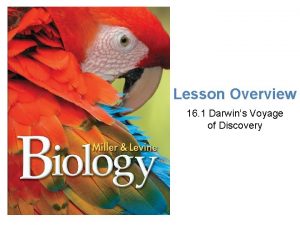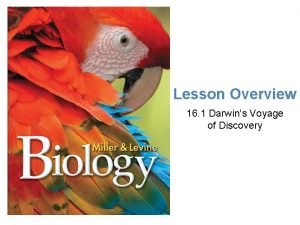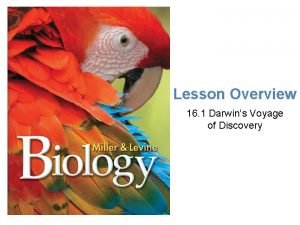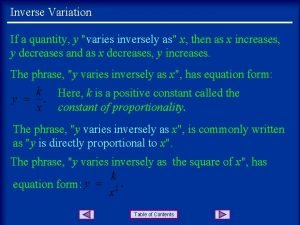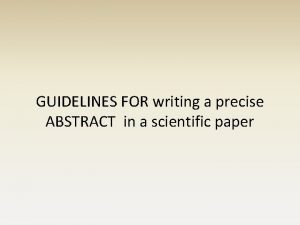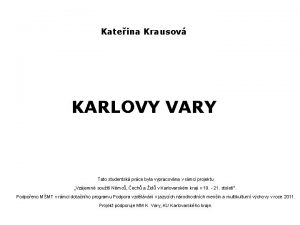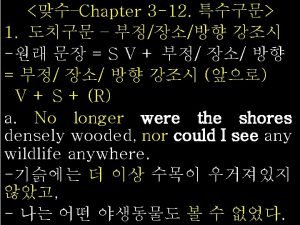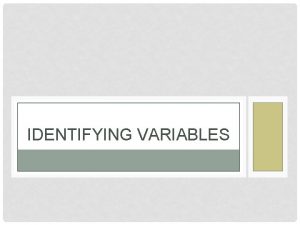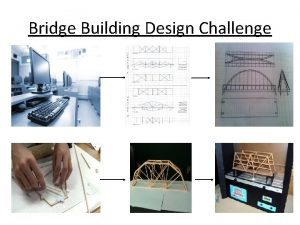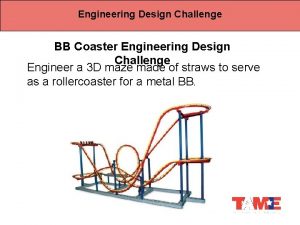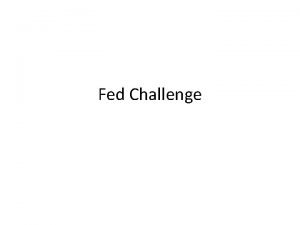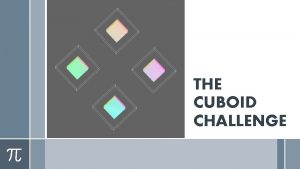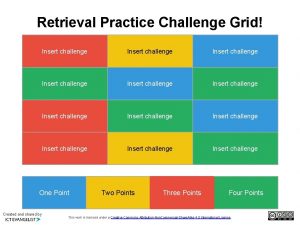Particle System Design The Challenge Particle systems vary












![Why closed form II • Can use prerecorded paths. • float position. X[1024]; • Why closed form II • Can use prerecorded paths. • float position. X[1024]; •](https://slidetodoc.com/presentation_image/409331f4335111945b135417356b1199/image-13.jpg)


- Slides: 15

Particle System Design

The Challenge • Particle systems vary so much • But want some code reuse • Option 1: parameterization • Option 2: inheritance • Option 3: subroutine library • Let’s look at actual systems

Look for Custom Code: • • Motion Rendering Orientation Interparticle Force Color Spawning Emitters Any of these could use custom code

Parameterization • Simply not general enough

Inheritance • Inheritance is usually helpful for code reuse. • But in the case of particles, • want to inherit motion from here, • want to inherit rendering from there, • want to inherit spawning from that, • Inheritance doesn’t work that way.

Subroutine Library • Each system is its own module, however, • Library provides: • routines for rendering • routines for calculating motion • routines for spawning • etc • Let’s design this library

Rendering Routines • Render camera-aligned quads • pos, size, color, tex, theta, blend • Render soft trails • ie, for jet engine exhaust • or, for sparks from a grinder • Render each particle as 3 D model

Soft Trails • For each point along trail generate two “side-points. ”

Soft Trails • For each point along trail generate two “side-points. ”

Soft Trails • For each point along trail generate two “side-points. ” for each point P: eye = vector from cam to P lineseg 1 = one of two segments connected to P lineseg 2 = two of two segments connected to P v 1 = cross(lineseg 1, eye) v 2 = cross(lineseg 2, eye) if (dot(v 1, v 2) < 0) { v 2= -v 2; } v = normalize(average(v 1, v 2)) sidepoint 1 = P + v sidepoint 2 = P – v

Particle Motion • Two ways to do it: • Option 1: Timestep simulation. • Calculate acceleration • Position += Velocity • Velocity += Acceleration • Option 2: Closed form equations. • Particle. X = f(t) • Particle. Y = g(t) • Why not always use timesteps?

Why closed form I • Can be hardware accelerated. • Example: simple fountain. struct vertex { float 3 startpos; float 3 initialvelocity; float lifespan; }; vertex shader globals { float 3 gravity; float current. Time; };
![Why closed form II Can use prerecorded paths float position X1024 Why closed form II • Can use prerecorded paths. • float position. X[1024]; •](https://slidetodoc.com/presentation_image/409331f4335111945b135417356b1199/image-13.jpg)
Why closed form II • Can use prerecorded paths. • float position. X[1024]; • float position. Y[1024]; • Can add several prerecorded paths • multiple circles • wiggle + parabola • Can transform prerecorded path • smoke example • Library should contain many paths.

Why Timestepped • Particles that “bounce. ” • or, interact with world in other ways. • simply can’t do this in closed form. • Decouple frame rate from renderer. ps. elapsed = Get. Clock() – ps. createtimesteps = (int)(ps. elapsed / ps. framerate) while (timesteps > ps. timesteps) { ps. update(); ps. timesteps += 1; } • This should be a class in your library.

Data Structures • Every particle system needs some form of particle list. • But, it seems every system has different particle attributes. • pos, vel, accel, theta, direction, age, history, color, rand seed, opacity, lifespan, size, texture, 3 D mesh, quat, etc. . . • My solution: class particlearray { int array_size; int array_fill; float 3 *pos; float 3 *vel; float 3 *accel; . . .
 Welcome to teen challenge uk - teen challenge uk
Welcome to teen challenge uk - teen challenge uk How do individual use languages vary among places
How do individual use languages vary among places Vary your sentences
Vary your sentences Lesson 1 darwins voyage of discovery
Lesson 1 darwins voyage of discovery Species vary locally examples
Species vary locally examples Darwin's voyage of discovery
Darwin's voyage of discovery Pematex karlovy vary
Pematex karlovy vary Y varies inversely as x example
Y varies inversely as x example What should an abstract include
What should an abstract include Why does development vary among countries?
Why does development vary among countries? Answers will vary
Answers will vary Adj of vary
Adj of vary What is an adverbial opener
What is an adverbial opener Pr��ce karlovy vary
Pr��ce karlovy vary Key issue 3: why do individual languages vary among places?
Key issue 3: why do individual languages vary among places? People vary
People vary


